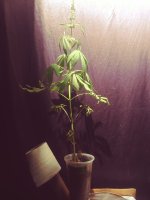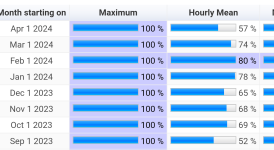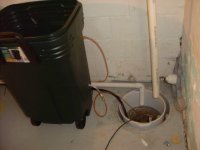Your municipality can furnish you with a detailed water report.
PH will rise with GH and TDS.
200ppm would present challenges and anything above 300 PPM is almost unusable.
Over 8 Ph may present challenges.
-
Temperature and light intensity drive photosynthesis.
View attachment 201763
I 'held' this male around 8-13C, 75% RH.
Tucked in the corner of the garage, with no artificial lighting. During the day there was enough light leaking into the room that I could see the plant, but not much more.
Didnt droop for three weeks.
That is not a practical or advisable in your specific situation; just an illustration.
Kind of like saying
" how long will it take a gas last ?"
Not long, if you have it matted going straight up hill.
Same car picking up the mail once a week? That gas could last for months.



